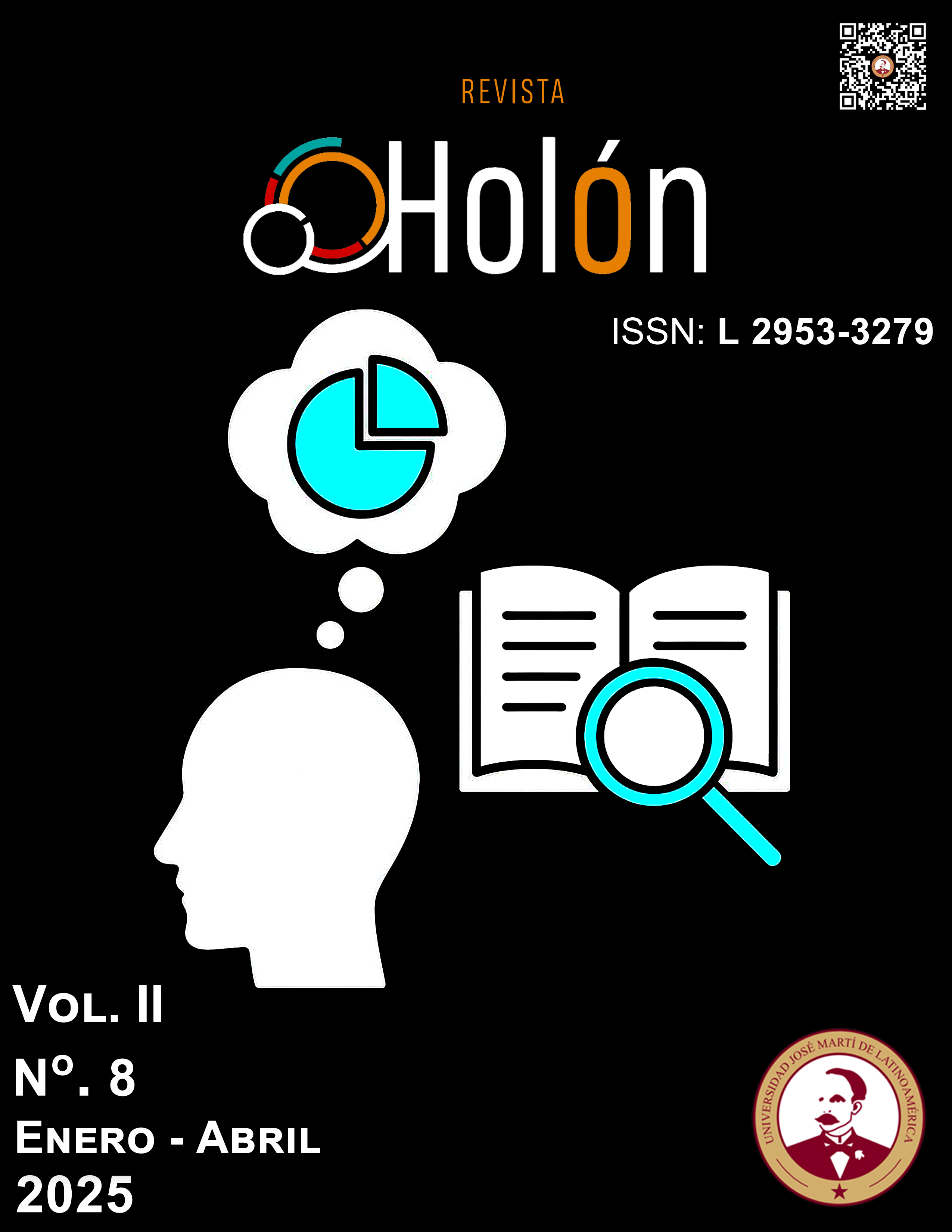

Derechos de autor 2025 Revista Holón

Esta obra está bajo una licencia internacional Creative Commons Atribución-NoComercial-CompartirIgual 4.0.
El artículo de reflexión que se presenta se enmarca en los contenidos del contexto histórico de la Guerra Civil y el franquismo, los cuales causaron el exilio de un numeroso grupo de maestros defensores del proyecto renovador de la Segunda República. A Cuba arribó un reducido número de ellos, entre los cuales se encontraba Herminio Almendros Ibáñez. Se emplearon recursos de la metodología cualitativa, en especial, la teoría de la recepción y hermenéutica de la historia para el análisis de textos, lo cual permitió el análisis histórico y la síntesis de la limitada historiografía existente con relación a los aportes de los maestros españoles exiliados en Cuba en general y de Almendros en particular. El objetivo general es demostrar el papel que le correspondió a Herminio Almendros en la modernización del proceso de enseñanza aprendizaje en Cuba desde los años cuarenta del siglo XX. Se concluye que la expresión de una pedagogía renovadora, transformadora, que tuvo su máxima durante la Segunda República, Almendros contribuyó a la modernización del sistema educativo cubano antes y después de la revolución. El empleo de métodos activos e ideas renovadoras, tanto relativo a la escuela como a la educación, fue determinante en toda la revolución educacional que tuvo lugar en Cuba luego de 1959, insertado en lo más avanzado del pensamiento intelectual cubano.